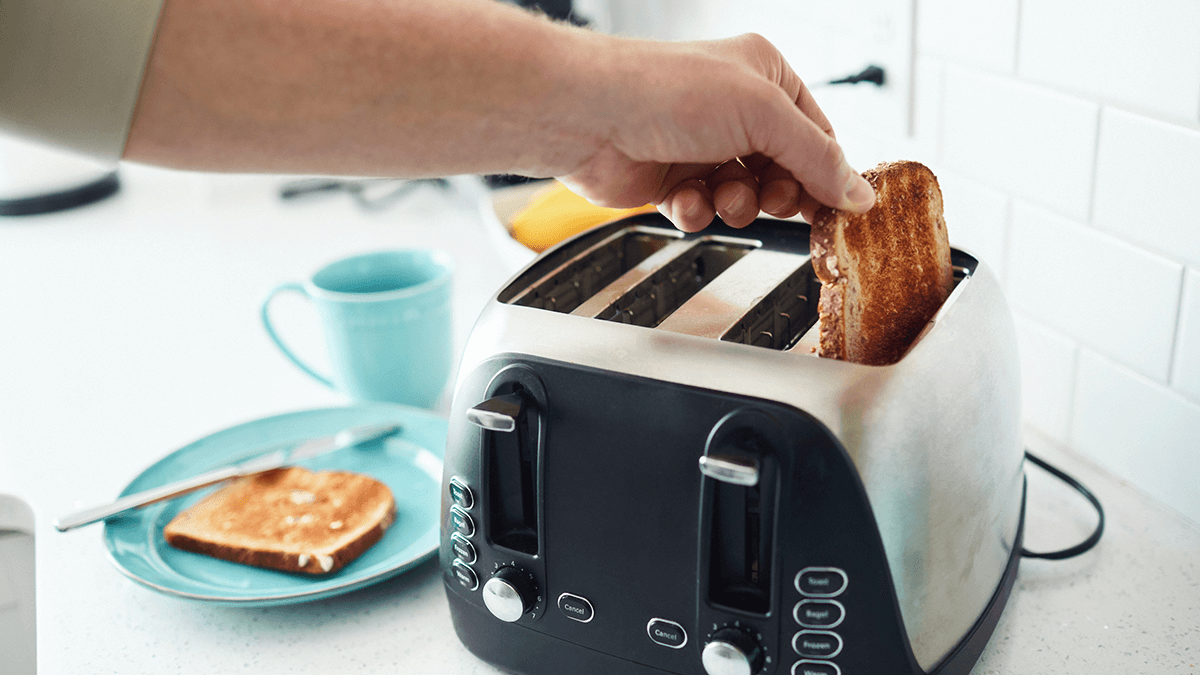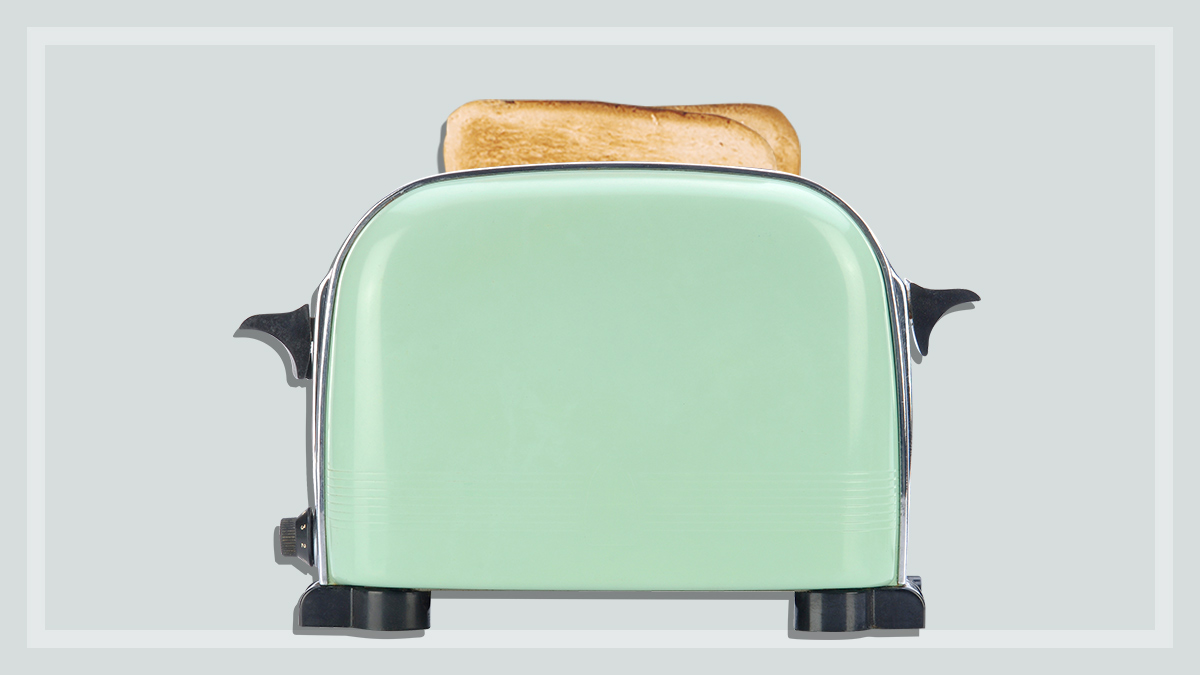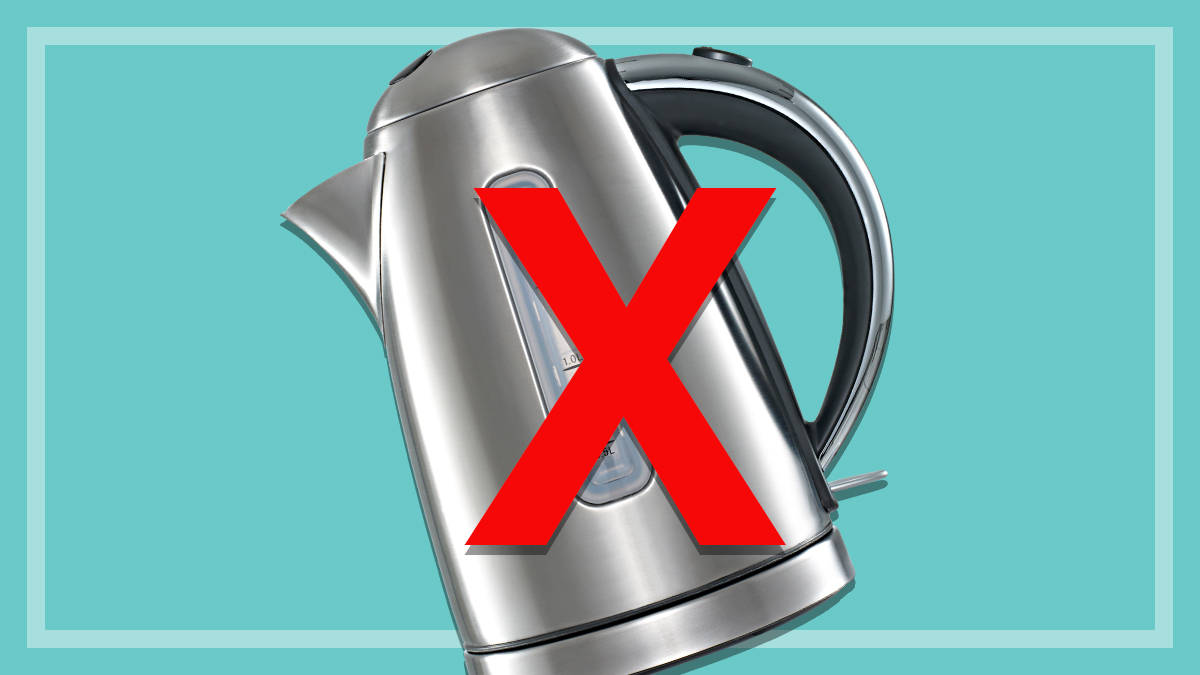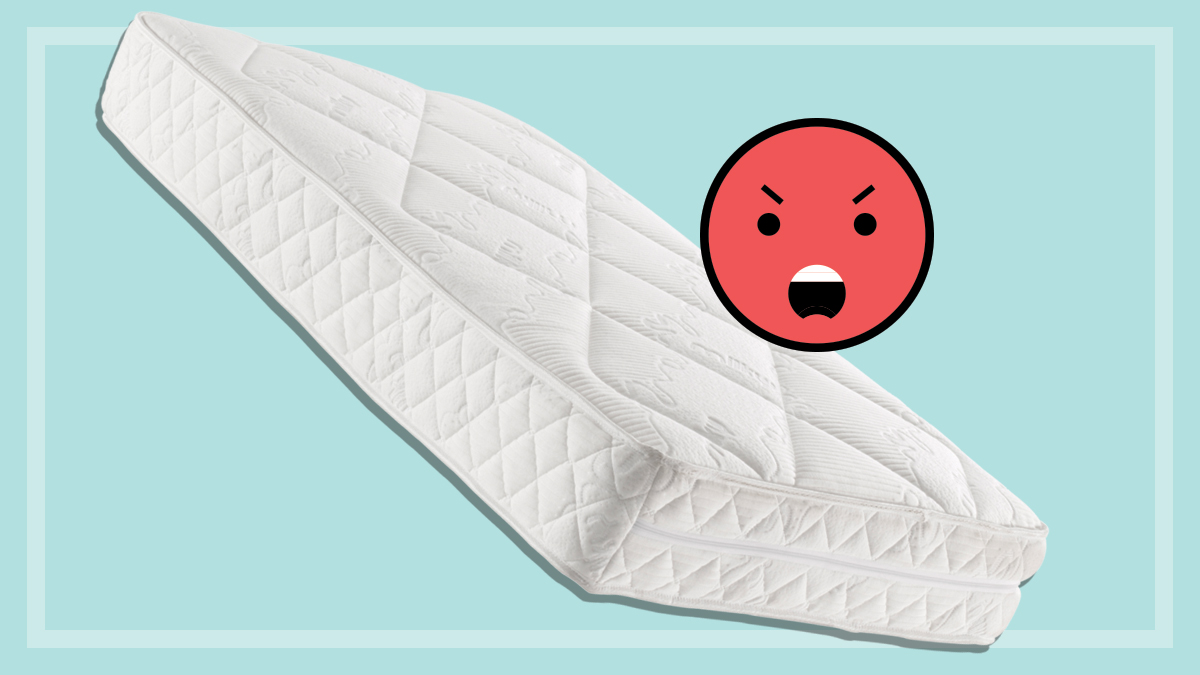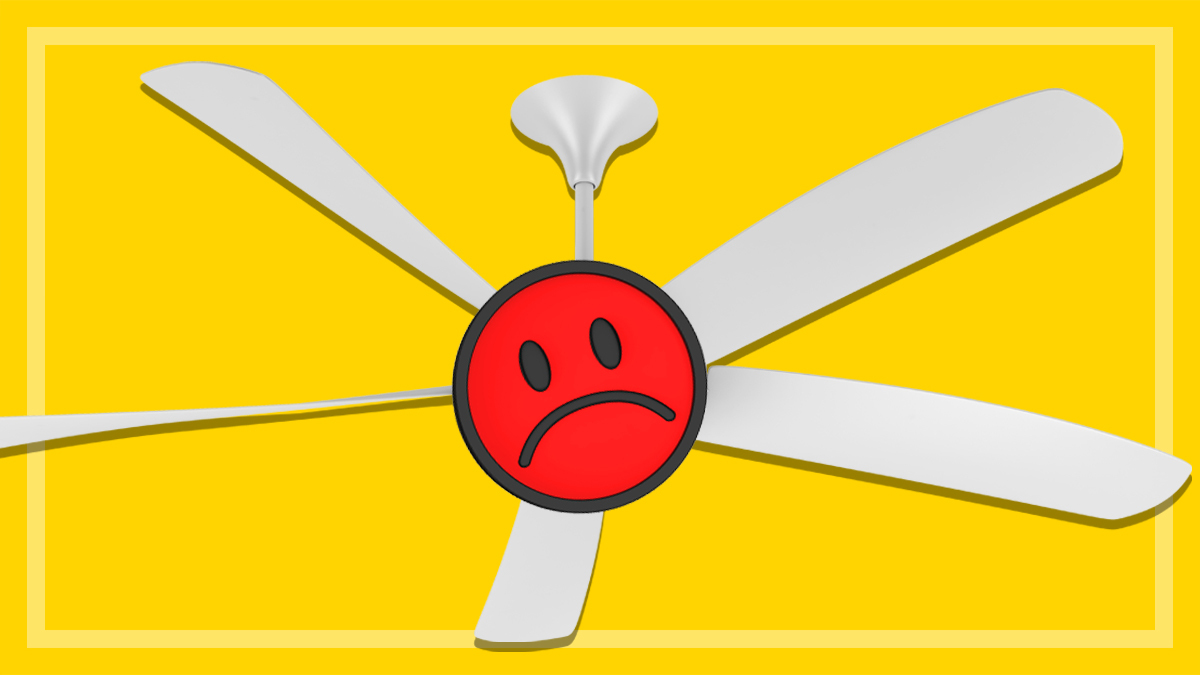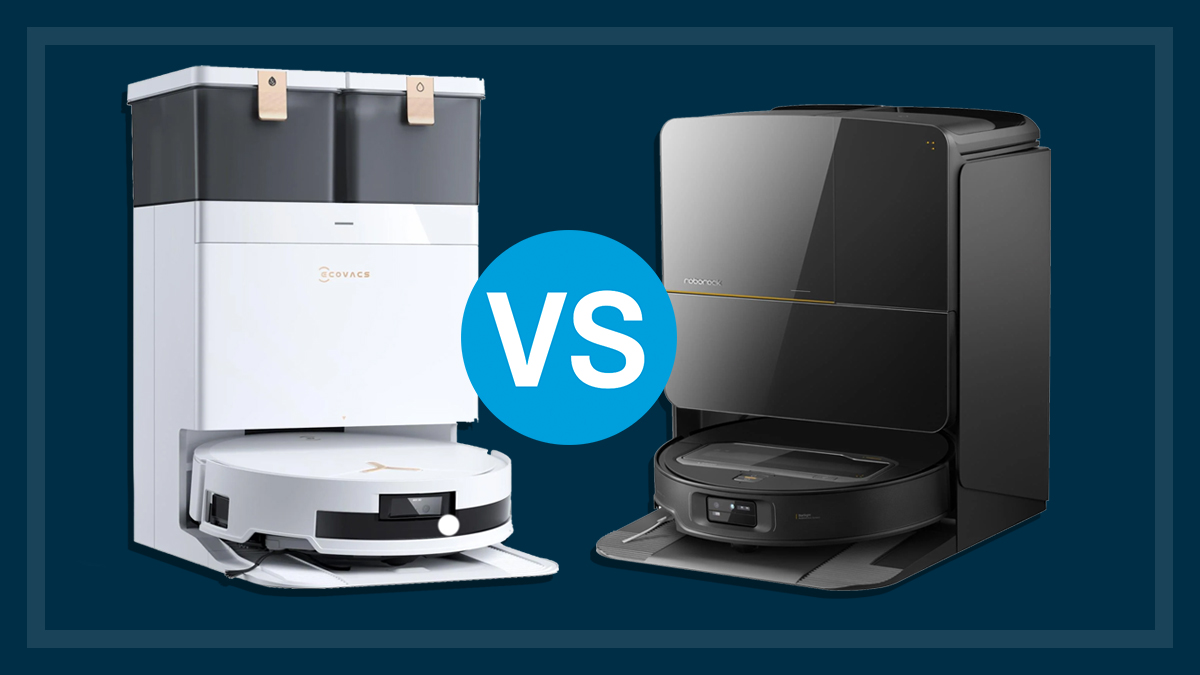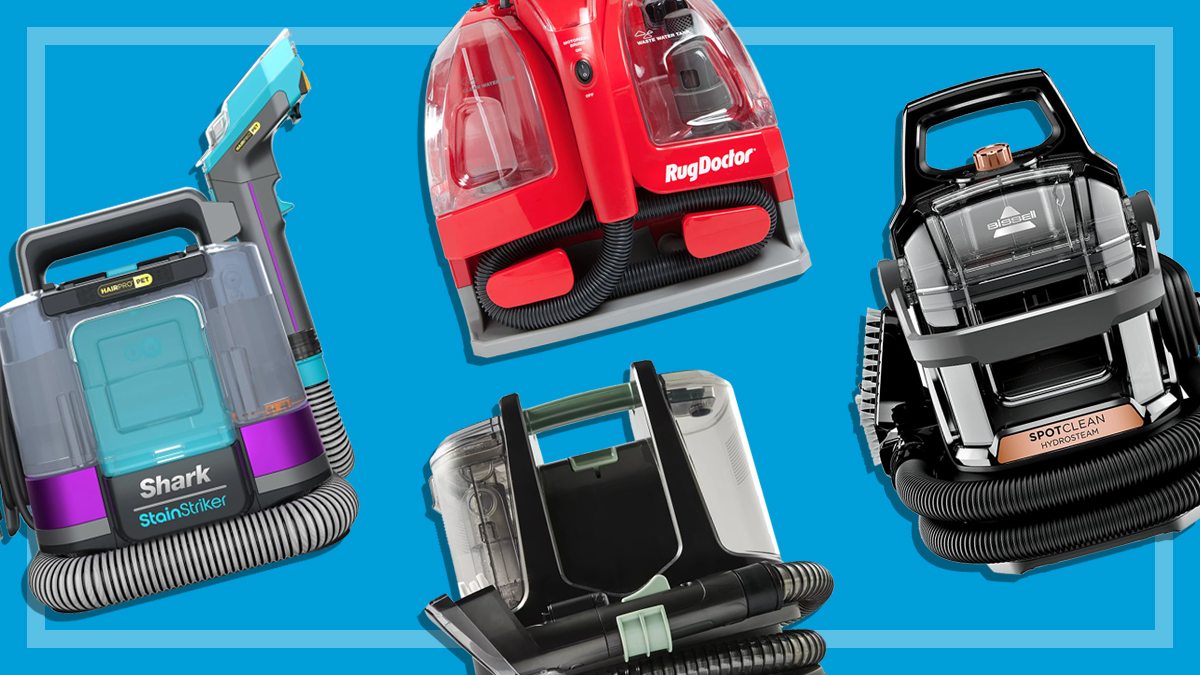What to know before buying a toaster
Two-slice or four-slice? Old school or space age? Here's what to consider when it's time for a new toaster.
Last updated: 1 Oct 2024
A simple slice of toast is a hard thing to get wrong, but we’ve all been there, scraping off the burnt crumbs into the sink. Our experts have gone through many loaves of bread testing a variety of toasters for consistent browning and ease of use in order to name the ones that’ll make for a reliable addition to your benchtop.
On this page:
Whether it’s a budget two-slice model you’re after or a statement piece for the kitchen, we can help you work out your must-have toaster features.
How does a toaster work?
Toasters are small electrical household appliances that use radiant heat to toast slices of bread via the slots at the top of the appliance. Toasters are very simple machines, but these days they tend to come with some impressive features. We’ve come across toasters in our labs that have:
- LED lights, giving a progression bar or timer countdown
- a high-lift carriage, which allows you to raise smaller items above the toaster slots
- motorised lifts, which gently raise the toast instead of popping up abruptly
- alerts to let you know your toast is ready
- a lift’n’look feature, which slowly raises the toast and lowers it back down so you can check how it’s going midway through.
Do you need a two-slice or four-slice toaster?
This depends on the size of your household and how much toast you eat.
Two-slice toasters are perfect for small households or if you’re limited on bench space.
Four-slice toasters are ideal for families who go through a lot of toast as they allow you to toast more at one time. Keep in mind these models can be bulky and take up more bench space. In some four-slot models, the two inner slots can heat up more than the outer slots. Look for four-slice models in our toaster reviews with good evenness and repeatability – those are the toasters that will help you avoid that particular problem.
Some four-slice toasters have two longer slots (rather than four single-sized slots), allowing you to accommodate handmade, artisan bread or longer slices of sourdough.
How much do toasters cost?
The models in our latest toaster reviews range in price from $7.50 up to $525, but our testing has found that price isn’t always an indicator of performance or product quality. Several of the models we recommend cost under $100 (and a couple are even under $60).
What do the numbers on a toaster mean?
Each toaster usually has a dial or control with a range of numbers (eg: 1–6). These numbers don’t equate to minutes of toasting but rather are preset intervals used to determine the level of toasting. The best setting for you will depend on how well-browned you like your toast. Finding your perfect setting will initially take some trial and error.
How to clean a toaster
There isn’t much you need to do to clean a toaster but they can get very crumby, so it’s important to clean them regularly. This will prevent burning smells and keep the toaster in good working order.
You should always ensure the toaster is turned off and unplugged before cleaning.
A removable crumb tray is useful and makes cleaning a whole lot easier. Empty it regularly to avoid build up and insects. Occasionally, you can also shake the toaster upside down for a more thorough clean, unless the instructions advise otherwise.
To clean the exterior, simply wipe it down with a damp cloth.
What else to look for in a toaster
Ease of use: Basics such as storage for the power cord and non-slip feet will make your toaster much simpler to use and store.
Controls: The controls should be easy to read and operate, and positioned away from hot areas.
Dual controls: Separate controls for each slot, or each pair of slots, allow you to carry out two different toasting cycles, and are useful if you’re using two different types of bread.
Defrost: A defrost/frozen setting is handy if you toast bread straight from the freezer. It adds time to the toasting cycle to allow the bread to thaw.
Crumb tray: A crumb tray should be easy to slide out and insert back in after emptying, as well as have no places for crumbs to accumulate in the toaster over time (this can affect its performance).
Exterior: Look for an easy-to-clean exterior with no crevices where dirt can be trapped, and no sharp edges that could scratch the benchtop (or you) when moving it. While stainless steel may look more attractive than plastic, it often takes more effort to clean.
Touching temperature: The temperature of the exterior during toasting should remain cool enough to touch, and not exceed 60°C. We don’t recommend models that reach excessive temperatures.
The inside: The toasting chamber should be wide and long enough to insert and remove a variety of bread shapes and sizes. If you like long slices of toast, a long-slot toaster is the way to go.
Glass sides: You may have experienced the not-uncommon event of setting off your smoke alarm from burnt toast. A simple solution to this could be a glass-sided toaster that allows the user to see the toast browning.
Crumpet and bagel settings: Activating this setting means that the heating is concentrated on the inner, cut surfaces of a sliced bagel or crumpet.
Reheat function: This gives a little boost of heat if you’ve forgotten to take your toast out and it’s gone cold.
Style: A traditional stainless steel toaster is most common (and it’ll complement a similarly-styled kettle without needing to be from the brand’s own ‘collection’). But for something different, you may want to consider one with an unusual colour or finish.
Repairability: Most toasters are cheap and are designed to go into your e-waste at the end of their life or get replaced completely under warranty, rather than repaired. However, at the time of writing, some brands (such as Dualit and Milantoast) do sell toasters with several replaceable, serviceable parts and five-year warranty periods (compared with the typical one or two years). While they cost significantly more upfront, they could outlast several years’ worth of cheap toaster purchases. Some other brands sell basic replacement parts such as new crumb trays.
Related
Rebecca Ciaramidaro is a Content producer in the Household team at CHOICE. Rebecca writes about a wide range of children's and household products, ranging from cots and strollers to ovens, BBQs, espresso machines and electric blankets. And also grocery items such as nappies, sanitary pads and laundry detergents.
Previously at CHOICE, Rebecca worked as a Test officer in the kitchen lab.
Rebecca has a Bachelor of Science (Nutrition and Food) from the University of Western Sydney.
Find Rebecca on LinkedIn.
Rebecca Ciaramidaro is a Content producer in the Household team at CHOICE. Rebecca writes about a wide range of children's and household products, ranging from cots and strollers to ovens, BBQs, espresso machines and electric blankets. And also grocery items such as nappies, sanitary pads and laundry detergents.
Previously at CHOICE, Rebecca worked as a Test officer in the kitchen lab.
Rebecca has a Bachelor of Science (Nutrition and Food) from the University of Western Sydney.
Find Rebecca on LinkedIn.

